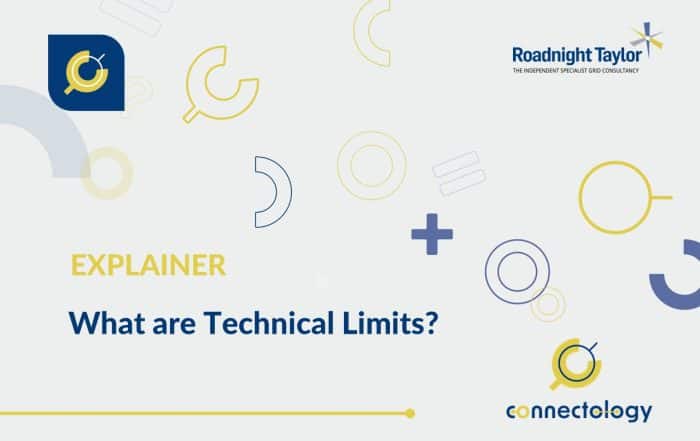What are circuit ratings?
In an electricity network every circuit is given a power rating, to prevent them from getting too hot. These ratings are sometimes referred to as thermal ratings, due to the relationship between the current that is flowing and their temperature.
Article by Pete Aston – acknowledged expert in ANM systems
Pete joined Roadnight Taylor from Western Power Distribution (WPD), the UK’s largest Distribution Network Operator (DNO) and world-leading pioneers of ANM. Heading up WPD’s system planning team, Pete was responsible for the design of, and all connections to, its extra-high voltage networks. He was also responsible, amongst other things, for overseeing the roll out of ANM across all four of WPD’s licence areas.
10 May 2022

In an electricity network, circuits are underground cables and overhead lines, which connect substations, generators and customers together.
Every circuit is given a power rating, to prevent them from getting too hot. These ratings are sometimes referred to as thermal ratings, due to the relationship between the current that is flowing and their temperature. Typical ratings are as follows:
• 11kV circuits – 1MVA up to about 10MVA
• 33kV circuits – 15MVA up to about 50MVA
• 66kV circuits – 30MVA up to about 100MVA
• 132kV circuits – 50MVA up to about 250MVA
Connections of new generators or demands can cause the rating of the circuits to be exceeded. When this happens, the network company will need to undertake reinforcement of the network before the new scheme can be connected.
This has a significant impact on developers looking to connect new demand, generation or energy storage projects, to either increase costs or lengthen timescales to connect, or both.
Contact us
Roadnight Taylor can identify circuit ratings and calculate the net thermal impact of demand and generation on given circuits, to help to identify potential reinforcement requirements and how this might affect the viability of a project. To find out more call us on 01993 830571 or send us a message via our contact form.












